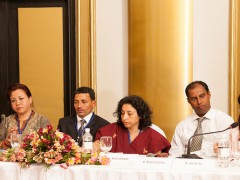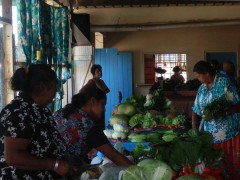-

The unjust situation of Nepal’s migrant women workers
Written by Anuja Upadhyay
Kanchi Tamang from a village near Pokhara, the second largest city in Nepal, has been working in Saudi Arabia for the past three years. Her two children aged eight and ten years go to a nearby private school. Her sister in law and neighbour and husband take turns to take […]
-

Exportando nostalgia: productos salvadoreños en los Estados Unidos
Written by Jacinta Escudos
Abstract: The big amount of Salvadoran migrants living in the USA has become a business opportunity for small and medium enterprises, which have organized themselves to export certain products that migrants can identify with their origin and culture. These products, known by many as “ethnical products” or “nostalgic products” are […]
-

The Challenges of Fixing the Hungarian Brain Drain
Written by Daniel Vekony
As ever more Hungarians decide to leave the country, Hungary faces a creeping social crisis. Who will replace those young talents who emigrate? And what effect will this have on the way we Hungarians define ourselves? To understand such questions, you have to dig deeper into the history of the […]
-

Empowering Fijian women through education
Written by Arnold Chanel
Fiji is a developing island nation and the majority of the population live in rural areas of the two main islands. According to a Fiji Bureau of Statistics report in 2009, 31% of the population lived in poverty, most of whom reside in rural Fiji. The situation is worse, with the current recession […]
-

“Interdependencies of Megatrends” has become “Inequality”
Written by Ole Wintermann
And the winner is: Inequality! Our FutureChallenges.org project team will soon be turning its attention to (social) inequality – and rightly so. After three years of discussions on the various aspects of globalization on our platform, the user figures clearly show that it’s inequality in all its myriad forms such as lack […]
-

Global Migration: Changing the way we define our identity?
Written by Yassmin
When my parents moved to Australia with me as a screaming baby in tow, the situation in Sudan was dire, true, but it was much more an economic and socio-political decision rather than one of safety. This type of migration is increasingly common, particularly to a migration based nation such […]
